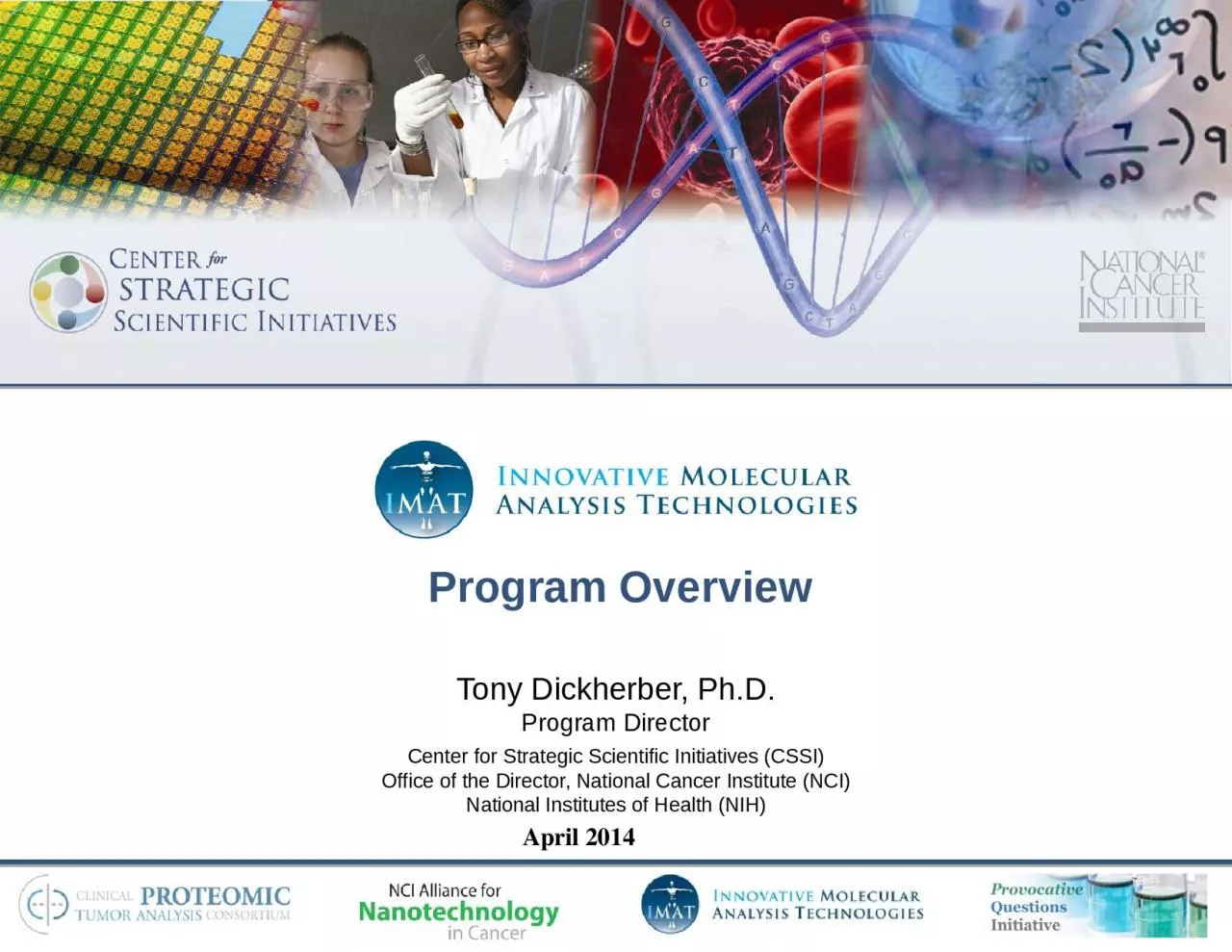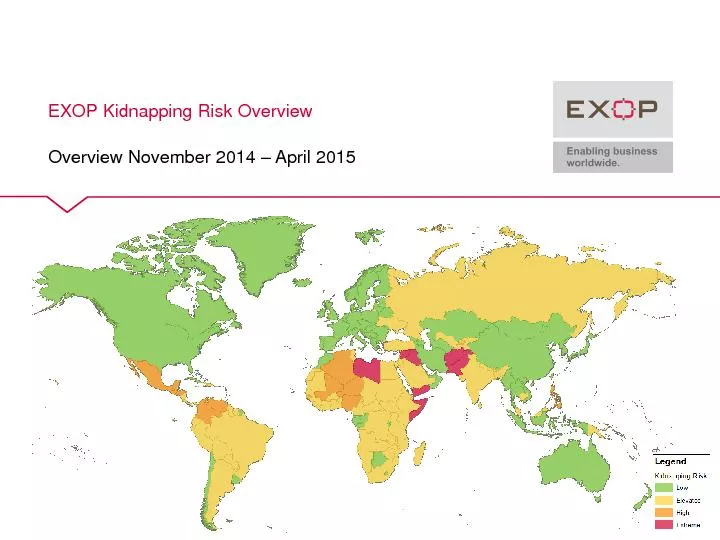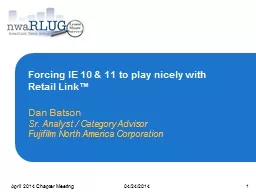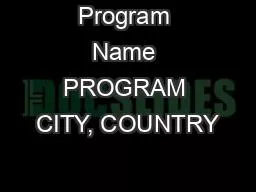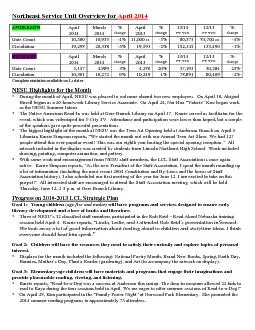PPT-Program Overview April 2014
Author : SkylineBabe | Published Date : 2022-08-03
Tony Dickherber PhD Program Director Center for Strategic Scientific Initiatives CSSI Office of the Director National Cancer Institute NCI National Institutes of
Presentation Embed Code
Download Presentation
Download Presentation The PPT/PDF document "Program Overview April 2014" is the property of its rightful owner. Permission is granted to download and print the materials on this website for personal, non-commercial use only, and to display it on your personal computer provided you do not modify the materials and that you retain all copyright notices contained in the materials. By downloading content from our website, you accept the terms of this agreement.
Program Overview April 2014: Transcript
Download Rules Of Document
"Program Overview April 2014"The content belongs to its owner. You may download and print it for personal use, without modification, and keep all copyright notices. By downloading, you agree to these terms.
Related Documents

